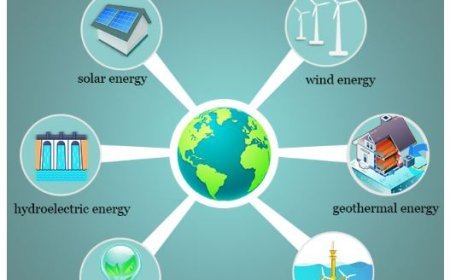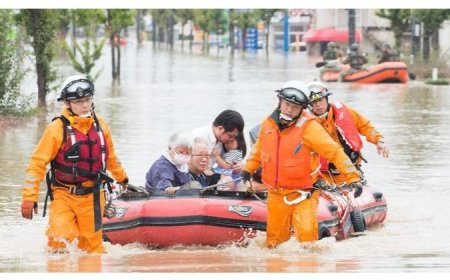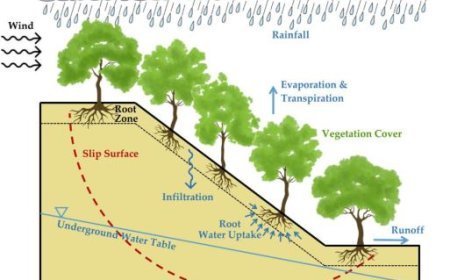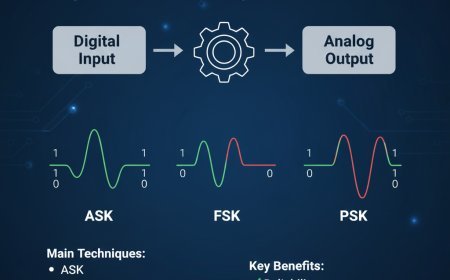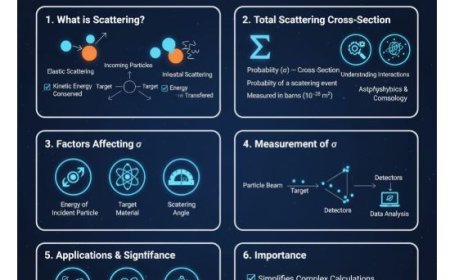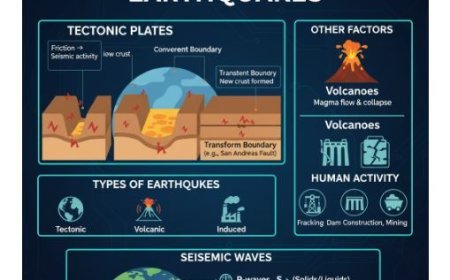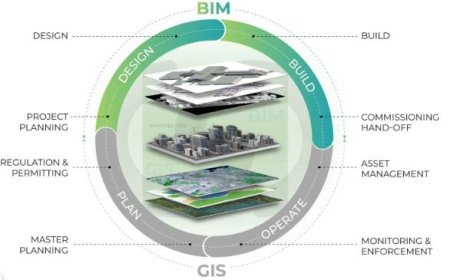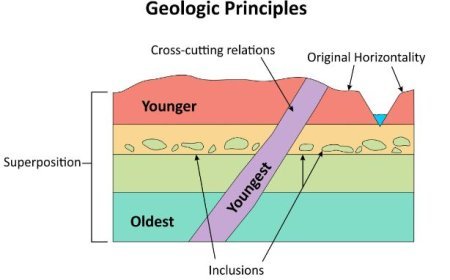GEOMORPHOLOGY
Earth's Landscape Detective: Geomorphology! Explore how mountains rise, rivers carve, and glaciers reshape our planet. (Fluvial, tectonic, coastal)
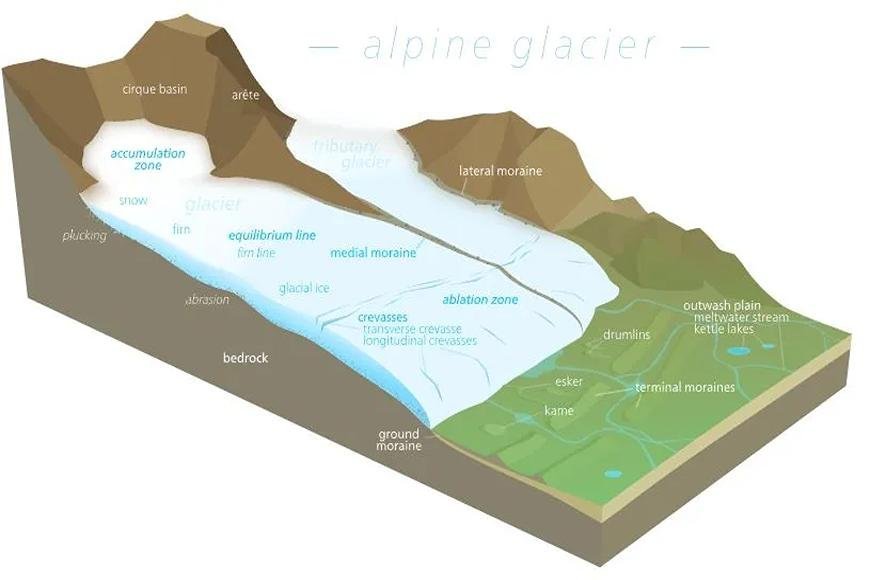
Geomorphology
- The study of landscapes and the forces that change them is called geomorphology.
- So, the surface of the Earth is made up of rocks, liquids, and gases that are all in a constant state of change.
- The term geomorphology is taken from Greek terminology. One is called "Geo," which means "Earth," and the other is "Morph," which means "the Form." The last one is called "logos," which means "the talk" or "the study." In other words, it is the talk of the earth form.
- Take a continent as an example. When you zoom in on it, you can see that it has rivers, mountains, glaciers, deserts, marine systems, islands, volcanoes, and more.
- These parts of the earth talk about how they are arranged, how they are grouped next to each other, and how they naturally relate to each other.
- The earth was formed 4.6 billion years ago and has been through many changes that have made it the way it is now.
- The Earth has changed a lot from what it looks like now—a dust ball according to the nebular hypothesis—to what it looks like now.
- This means that the things that are happening now might not have happened in the past, and the same is true for the past happening now. This causes changes on the earth's surface.
- The oldest rocks on Earth are volcanic rocks. Later, sedimentary rocks formed, and over time, both igneous rocks and sedimentary rocks changed into metamorphic rocks.
- That means that if we look at the earth's history from the beginning to the present day, we can see that it has gone through many of these geomorphological changes, palaeogeographical changes, and process changes.
- All of these changes have been recorded in rock, mostly in the form of "sedimentary rock" bodies.
- If you want to learn about the past of landforms, these sedimentary rock bodies are more important than other types of rock.
- Volcanic activity, meteorite impacts, river, glacier, wind, ocean, and other forms of erosion, along with seafloor spreading and plate tectonic activities, have all been working together to shape the Earth into what it is today.
- Some of these things happen very quickly, while others take millions of years to change the climate, geology, and landforms.
- All of these processes that never end are still moving forward and changing our planet.
- The most well-known of these processes is geomorphic, which makes the Earth look the way it does now.
- Because of this, studying these geomorphic processes is important for understanding natural events and processes.
What's Your Reaction?









